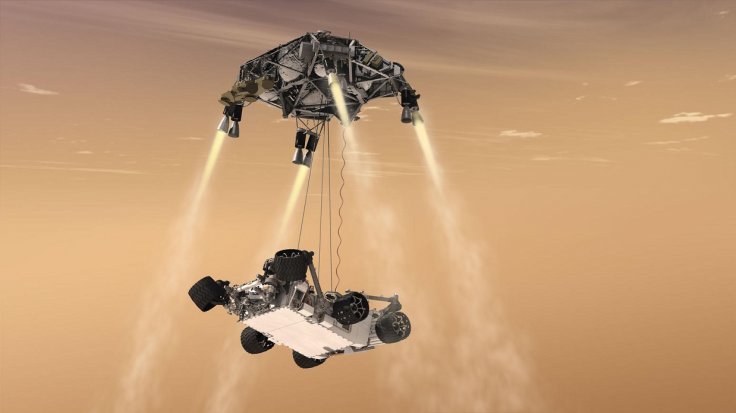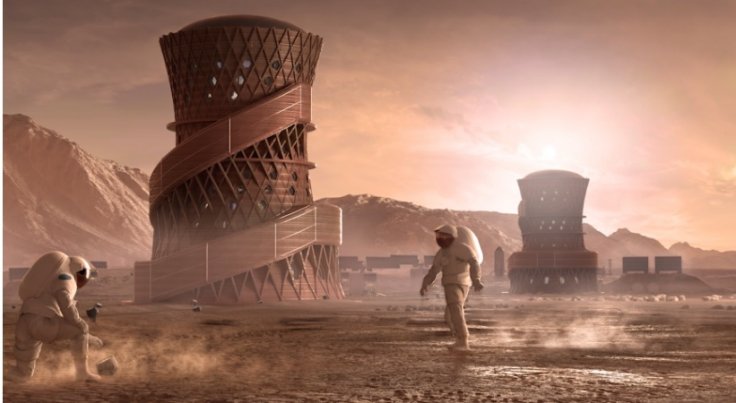NASA will test the possibility of terraforming Mars through a small device that will be mounted on its new robotic rover. For the agency, if the device performs successfully, it can be used to establish a human outpost on the Red Planet.
NASA has announced that it plans to send a new rover to the Red Planet in July this year. It will serve as a precursor to the agency's first human expedition on Mars.
NASA's Plans For MOXIE

Aside from exploring the Martian surface, NASA also intends to establish a sustained human presence on Mars. This means that NASA is looking into the possibility of establishing a habitable environment on the Red Planet.
One way the agency plans to achieve this is through the use of a new device known as the Mars Oxygen In-Situ Resource Utilization Experiment (MOXIE). Basically, this device, which is about as big as a car's battery, was designed to produce oxygen on Mars.
Converting Carbon Dioxide Into Oxygen
NASA will send MOXIE to Mars through its Perseverance rover. It will be installed within the rover near its front side. According to NASA, MOXIE works by using carbon dioxide, which comprises about 96 percent of the gas in the Martian atmosphere and turning it into oxygen.
The agency estimated that MOXIE would be able to produce about two hours of oxygen for each experiment. If this device performs smoothly, NASA will develop larger versions of MOXIE that will act as oxygen generators on Mars.
Human Outposts And MOXIE

Aside from providing future Mars explorers with oxygen, MOXIE will also be used to create propellant out of liquid oxygen. Michael Hecht, the principal investigator for MOXIE, explained that being able to produce oxygen and propellant on Mars is a vital aspect of maintaining a sustained presence on the Red Planet.
"When we send humans to Mars, we will want them to return safely, and to do that they need a rocket to lift off the planet," he said in a statement. "Liquid oxygen propellant is something we could make there and not have to bring with us. One idea would be to bring an empty oxygen tank and fill it up on Mars."









